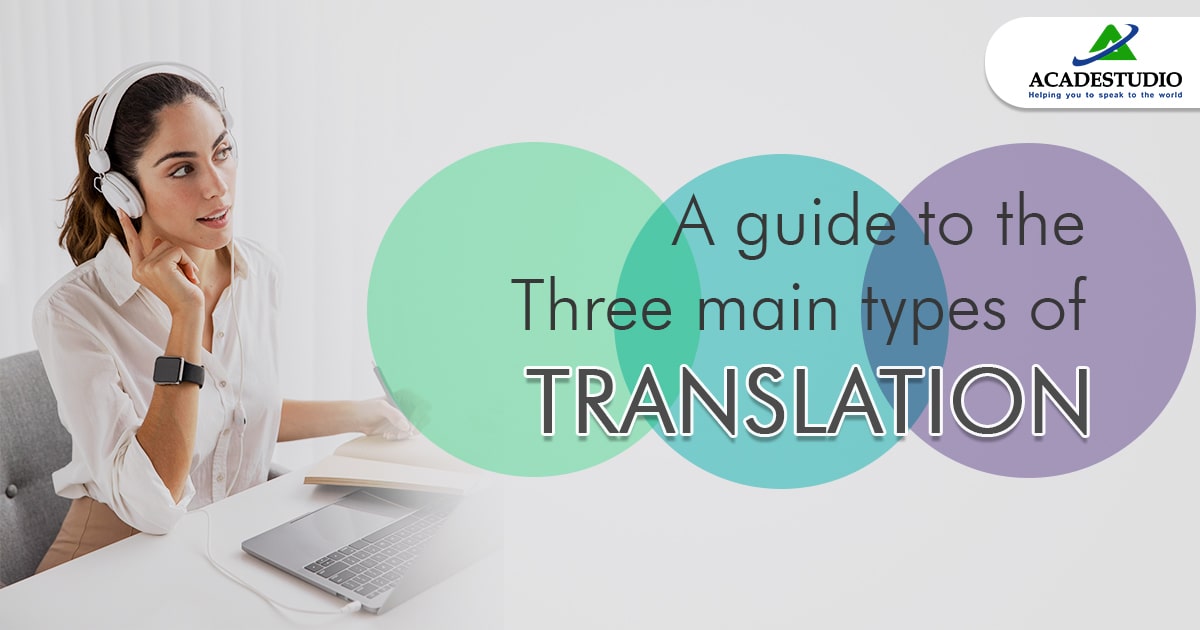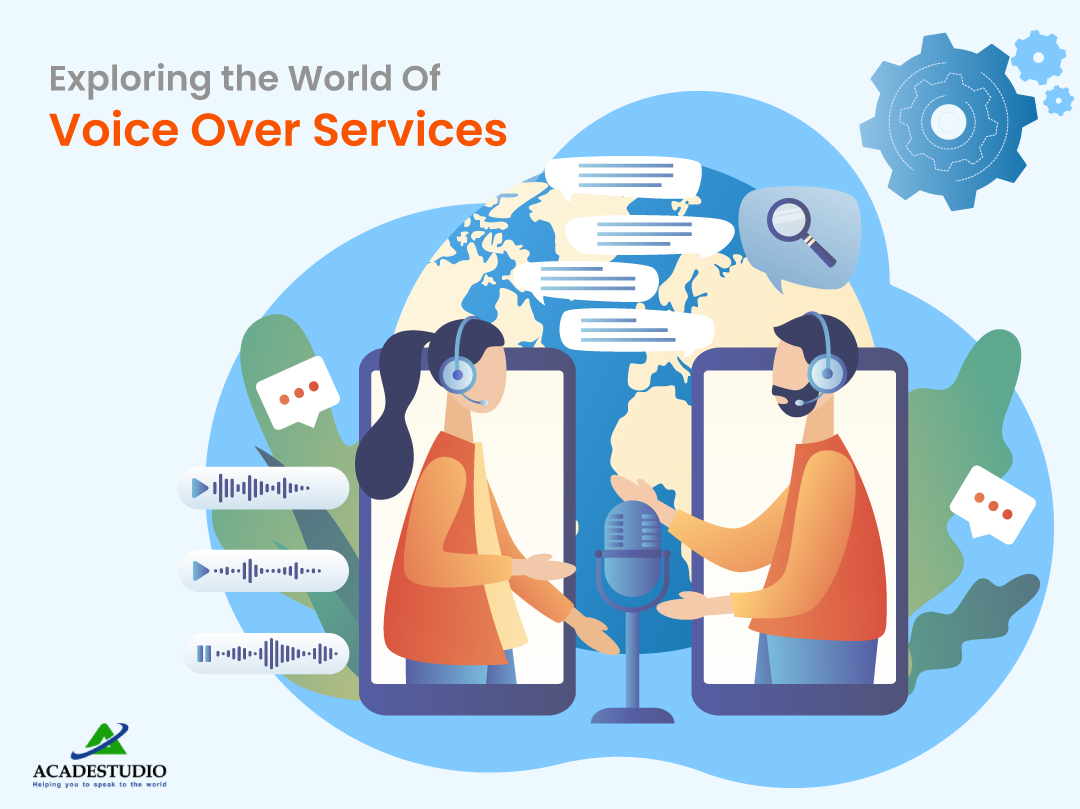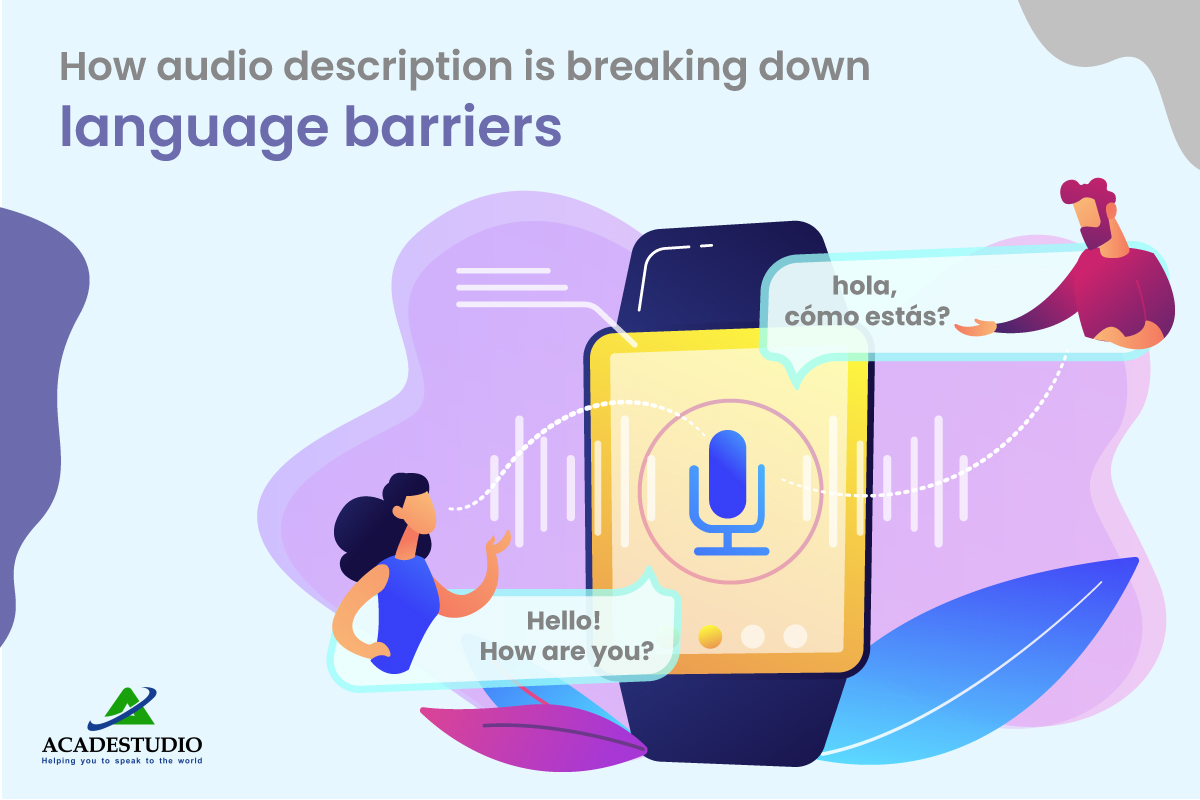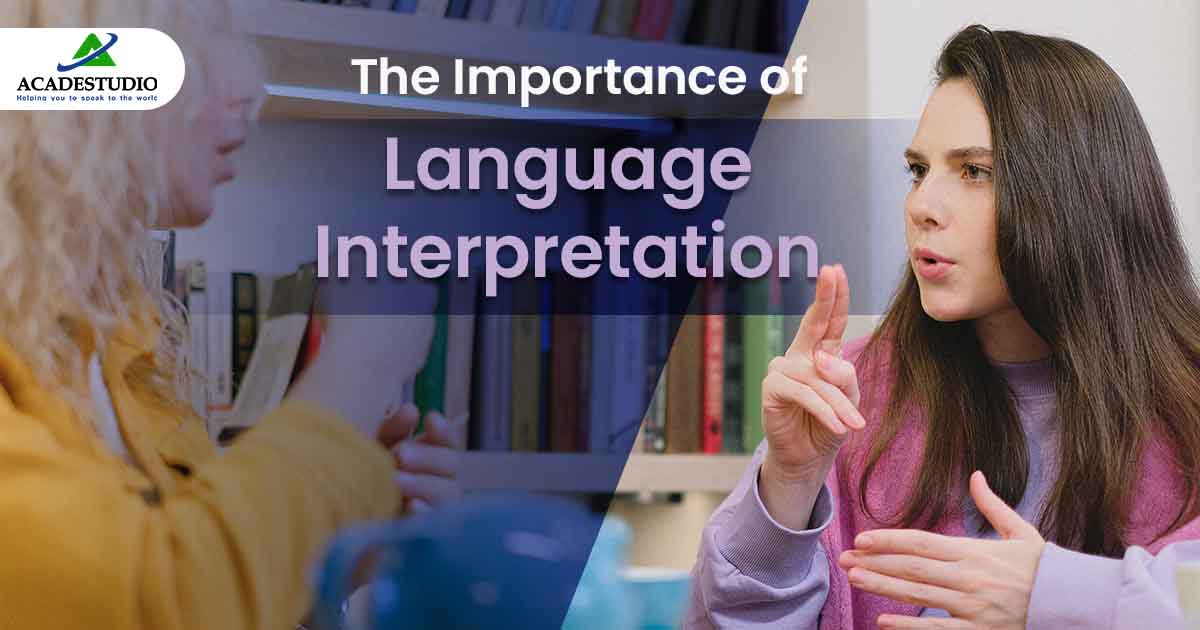Are you looking to
expand your global reach by translating your content? If so, it's important to
understand the different Types of
Translation available to determine which is most appropriate for your
needs. Translation is a powerful tool that can help businesses communicate with
customers in different languages and cultural contexts. But choosing the wrong
approach can result in miscommunication, lost business opportunities, and a
damaged brand reputation.
In this guide, we'll
explore the three main types of translation: Literary, Machine, and
Administrative. We'll discuss the strengths and weaknesses of each approach and
provide guidance on when to use each. By understanding the different types of
translations, you can make informed decisions about your translation needs. We
also ensure that your content is effectively adapted for your target audience.
Whether you're
translating technical manuals, marketing materials, or legal documents, choosing
the right translation approach is essential to success. So, let's dive in and
explore the three main types of translations and how they can benefit your
business.
3 Main Types of
Translations You Should Know About
Translation is the
process of conveying the meaning of a text or speech from one language to
another. There are various types of translations, but the three main ones are:
Literary Translation
Literary translation is
one of the types of translations that is the art of translating literature. It
includes novels, poems, and plays from one language to another. It differs from
other forms of translation because it requires the translator to accurately
convey the original text's meaning and capture its style, tone, and cultural
context.
Firstly, literary
translation is a challenging and complex task requiring in-depth knowledge of
the source and target languages. Also, an understanding of literary conventions
and cultural references. Additionally, literary translators must be skilled
writers in their own right, capable of creating a translated work. They are
both faithful to the original and compelling in their own right.
Pros
- Literary translation allows for disseminating
literature from different cultures and languages, promoting a broader
understanding of the world and its people.
- It can enhance the author's visibility and impact
by introducing their work to new audiences and markets.
- Literary translation provides opportunities for
professional translators to hone their skills and contribute to preserving
cultural heritage.
- It can also serve as a platform for promoting
linguistic diversity, encouraging the recognition and use of lesser-known
languages.
Cons
- The translation may only sometimes capture the
original work's nuances, leading to a loss of meaning, tone, and style.
- Translators may face challenges preserving the
author's intended meaning while making the work accessible. It makes it
engaging for readers in the target language.
- Literary translation can be time-consuming and
require considerable research, making it costly.
- The quality of literary translations can vary
greatly, leading to discrepancies in how readers receive and interpret the
work.
Machine Translation
Machine Translation (MT)
is also from types of translations. It uses software to translate text or
speech from one language to another. First and foremost, MT is based on complex
algorithms and models. It also analyzes and processes input text to produce
output text in a different language. Additionally, there are various types of
MT, including rule-based, statistical, and neural MT, each using different
techniques to achieve translation accuracy.
Furthermore, MT has
become an essential tool for global communication, especially in business,
science, and diplomacy. MT can also help individuals access information
unavailable in their native language. Additionally, the development of MT
enables the creation of multilingual websites, which can reach broader
audiences and improve user experience.
Pros
- Machine translation is fast, allowing for the
near-instantaneous translation of large amounts of text.
- It can be cost-effective, eliminating the need
for human translators in some cases.
- It can provide a rough text translation, allowing
individuals to understand the general meaning of foreign language content.
- It can help bridge the language gap in real-time
situations, such as during international business negotiations or emergencies.
Cons
- Machine translation may only sometimes produce
accurate translations, leading to errors and misunderstandings.
- It may need help to capture the nuances and
cultural references in the original text.
- MT systems can need help with rare or complex
vocabulary, leading to incorrect translations.
- Machine translation may be unsuitable for
literary or creative works where artistic expression is crucial.
Administrative
Translation
One type of translation is
Administrative translation. It refers to translating official documents, such
as government regulations and business correspondence, from one language to
another. The primary goal of administrative translation is to ensure that the
meaning and intent of the original document are accurately conveyed in the
target language.
First and foremost,
administrative translation requires high precision and attention to detail.
Additionally, a small error can have significant consequences. Administrative
translators must deeply understand the legal and bureaucratic systems of the
source and target languages. It also helps the cultural and linguistic nuances
of the target language.
Pros
- Administrative translation ensures accuracy and
clarity in communication between parties who speak different languages,
reducing the risk of misunderstandings and errors.
- It can help businesses and governments expand
their operations globally by ensuring their documents comply with local
regulations and laws.
- Administrative translation can also help
businesses build trust with their partners and clients in different countries,
enhancing their reputation and credibility.
- It is a critical tool for preserving and
disseminating important cultural and historical documents to a global audience.
Cons
- Administrative translation can be time-consuming and
expensive, mainly when dealing with complex documents requiring a high degree
of expertise.
- Translation errors, such as legal disputes and
financial losses, can have severe consequences.
- Using machine translation for administrative
documents can result in inaccuracies and misunderstandings, making working with
experienced human translators essential.
- The nuances and cultural context of the source
language can be challenging to convey accurately in the target language,
leading to potential misunderstandings.
Summing Up
To sum up, types of translations are a dynamic
and evolving field that requires a deep understanding of language, culture, and
context. While machine, literary, and administrative translations differ in
their approach and objectives, they all contribute to facilitating
cross-cultural exchange and communication. As technology advances and the world
becomes increasingly interconnected, the demand for skilled translators who can
navigate linguistic and cultural boundaries will only continue to grow.












- From Mobile - 11 min ago
Bring to the table win-win survival strategies to ensure proactive domination. At the end of the day, going forward, a new normal that has evolved from generation X is on the runway heading towards a streamlined cloud solution.
- From Mobile - 7 min ago
Capitalize on low hanging fruit to identify a ballpark value added activity to beta test. Override the digital divide with additional clickthroughs from DevOps. Nanotechnology immersion along the information highway
- From Web - 2 min ago
A new normal that has evolved from generation X is on the runway
- From Mobile - 11 min ago
Capitalize on low hanging fruit to identify a ballpark value added
- From Web - 2 min ago
Real-time will have multiple touchpoints for offshoring.